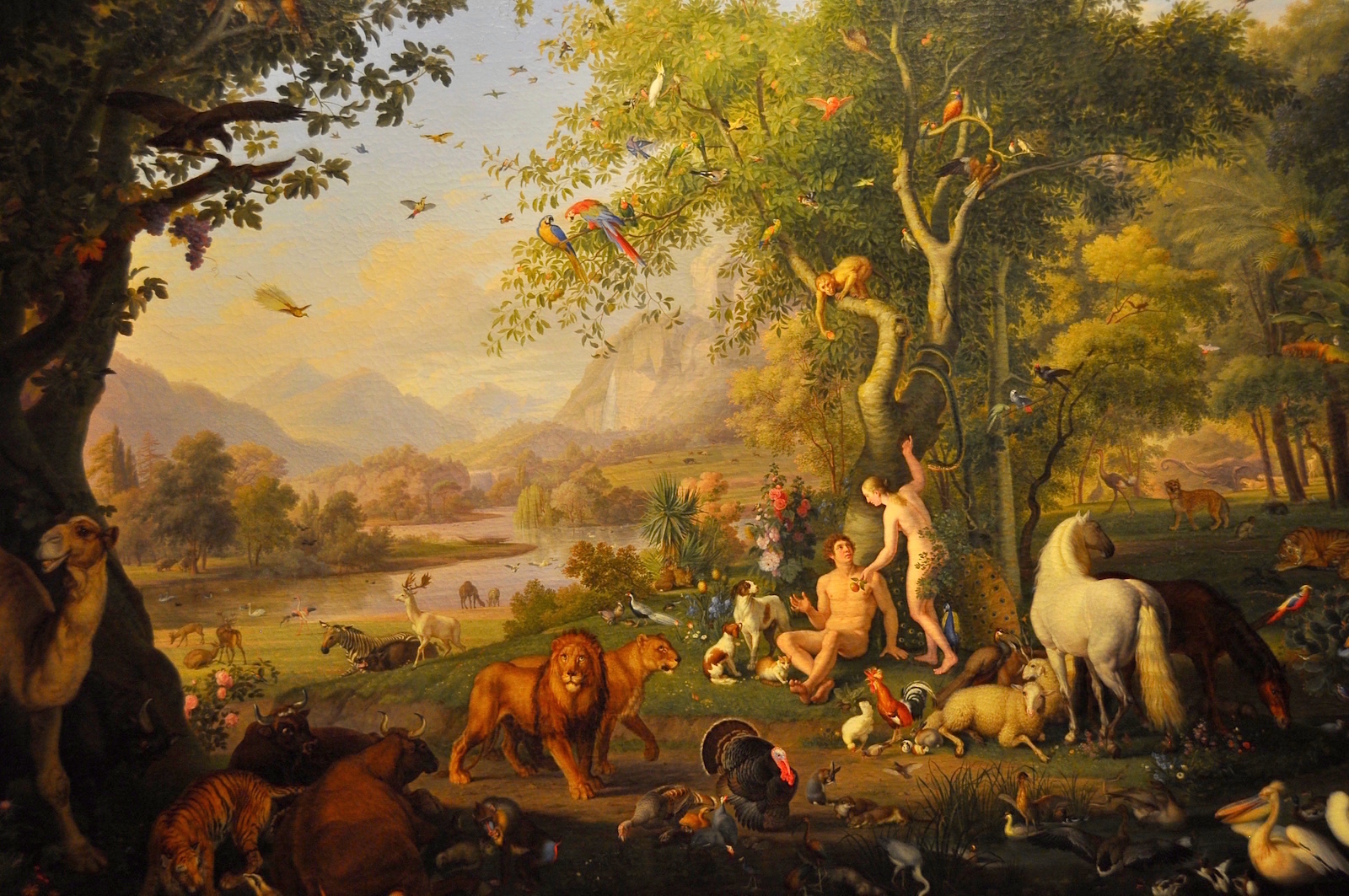- Feb 5, 2002
- 166,628
- 56,258
- Country
- United States
- Faith
- Catholic
- Marital Status
- Married
- Politics
- US-Others
Editor’s note: Part I of Dr. Tsakanikas’s entry, “Sinai as Interpretive Key to Genesis: Entering the Cult to Enter the Mind of the Author,” appeared in the January 2023 Bulletin.
The greatest Father and Doctor of the East, St. Gregory Nazianzen, is clear that the Tree of the Knowledge of Good and Evil was a boundary that the immature were not to cross until they had been properly prepared: purified and enlightened as on the slopes of Mount Sinai. St. Gregory is in agreement with the Father and Doctor, St. Ephrem the Syrian, who observes that the Tree of Knowledge was the part of creation that participated in God’s presence. By shrouding the Tree of Life like a veil, the Tree of Knowledge enabled immature man to be in God’s presence and take on God’s likeness in the gift of self that the tree enabled through the obedience of faith.
At the Tree of the Knowledge of Good and Evil, man was to surrender his will in obedience to the Truth: the Lord who promised freedom and fulfillment in the truth. The tree was where man clung faithfully to loving in truth (the likeness of God) by free choices to surrender to God in worship:
“And [God] gave [Adam] a Law, as material for his free will to act upon. This Law was a commandment as to what plants he might partake of, and which one he might not touch. This latter was the Tree of Knowledge; not, however, because it was evil from the beginning when planted; nor was it forbidden because God grudged it to men—let not the enemies of God wag their tongues in that direction, or imitate the serpent. But it would have been good if partaken of at the proper time; for the Tree was, according to my theory, Contemplation, which it is only safe for those who have reached maturity of habit to enter upon; but which is not good for those who are still somewhat simple and greedy; just as neither is solid food good for those who are yet tender and have need of milk.”1
Continued below.

 adoremus.org
adoremus.org
The greatest Father and Doctor of the East, St. Gregory Nazianzen, is clear that the Tree of the Knowledge of Good and Evil was a boundary that the immature were not to cross until they had been properly prepared: purified and enlightened as on the slopes of Mount Sinai. St. Gregory is in agreement with the Father and Doctor, St. Ephrem the Syrian, who observes that the Tree of Knowledge was the part of creation that participated in God’s presence. By shrouding the Tree of Life like a veil, the Tree of Knowledge enabled immature man to be in God’s presence and take on God’s likeness in the gift of self that the tree enabled through the obedience of faith.
At the Tree of the Knowledge of Good and Evil, man was to surrender his will in obedience to the Truth: the Lord who promised freedom and fulfillment in the truth. The tree was where man clung faithfully to loving in truth (the likeness of God) by free choices to surrender to God in worship:
“And [God] gave [Adam] a Law, as material for his free will to act upon. This Law was a commandment as to what plants he might partake of, and which one he might not touch. This latter was the Tree of Knowledge; not, however, because it was evil from the beginning when planted; nor was it forbidden because God grudged it to men—let not the enemies of God wag their tongues in that direction, or imitate the serpent. But it would have been good if partaken of at the proper time; for the Tree was, according to my theory, Contemplation, which it is only safe for those who have reached maturity of habit to enter upon; but which is not good for those who are still somewhat simple and greedy; just as neither is solid food good for those who are yet tender and have need of milk.”1
Continued below.

From Eden to the Temple: Signs of Things to Come - Adoremus
Editor’s note: Part I of Dr. Tsakanikas’s entry, “Sinai as Interpretive Key to Genesis: Entering the Cult to Enter the Mind of the Author,” appeared in the January 2023 Bulletin. The greatest Father and Doctor of the East, St. Gregory Nazianzen, is clear that the Tree of the Knowledge of Good...
 adoremus.org
adoremus.org
